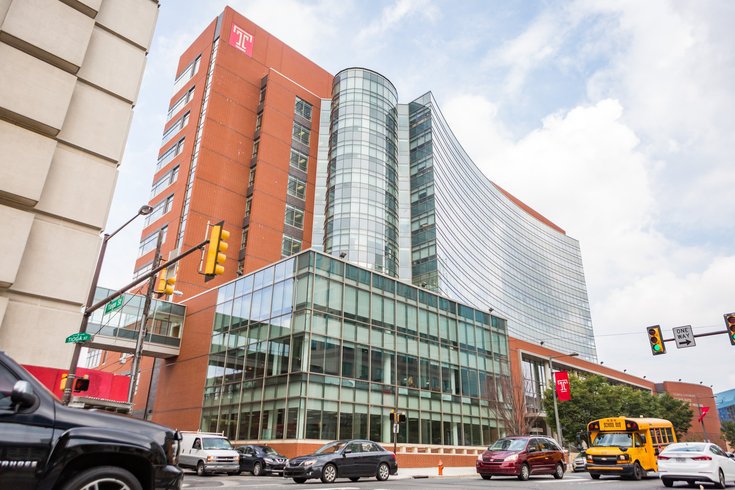
September 17, 2020
 Thom Carroll/for PhillyVoice
Thom Carroll/for PhillyVoice
A study led by Temple and Penn researchers offers an advanced understanding of the role glial cells play in preventing or stimulating neuron regeneration after spinal cord injuries.
Collaborative research conducted at Temple University and the University of Pennsylvania shows new promise for efforts to restore function after serious spinal cord injuries.
When the human nervous system suffers damage, a wide network of neurons and supportive structures become compromised in their ability to process and transmit information. This includes axons, which communicate molecular signals between neurons, and surrounding glial cells that provide maintenance and protection for the nervous system.
In a study published this week in Cell Metabolism, Temple and Penn researchers expanded on previous findings that glial cells play a crucial role in preventing axon regeneration, demonstrating specific pathways that help reverse these negative effects.
The study specifically looked at the role of astrocytic glial cells in forming scar tissue around damaged neurons. This function often inhibits the regrowth of mature neurons damaged in spinal cord injuries.
But in a series of experiments on flies and mice, the researchers determined that a metabolic process can be altered to switch the activity of these glial cells.
"We found that glia have a metabolic switch associated with glucose metabolism that when triggered reverses inhibitory effects on growth and promotes axon regeneration," said Temple's Shuxin Li, a senior investigator on the new study.
In the experiments on flies and mice, the researchers examined how glycolosis, the metabolic pathway for breaking down glucose, can be upregulated in glial cells to aid axon regeneration.
The study found two glucose metabolites, lactate and hydroxyglutarate, that mediate the glial switch from an inhibitory reaction to a stimulatory response.
"In the fly model, we observed axon regeneration and dramatic improvements in functional recovery when we applied lactate to damaged neuronal tissue," Li said. "We also found that in injured mice, treatment with lactate significantly improved locomotor ability, restoring some walking capability, relative to untreated animals."
A closer look at the pathways of these glucose metabolites showed that they attach to receptors on the surface of neurons, which in turn activates pathways to stimulate axon growth. These molecules, known as GABAB receptors, could play an important role in healing spinal cord injuries.
"Our findings indicate that GABAB receptor activation induced by lactate can have a critical role in neuronal recovery after spinal cord injury," Li said. "Moreover, this process is driven by a metabolic switch to aerobic glycolysis, which leads specifically to the production of lactate and other glucose metabolites."
As a next step, researchers plan to test the regenerative abilities of lactate and related molecules in larger animals and to determine which molecules are most effective for promoting regeneration.
"The next phases of our work could set the stage for future translational studies in human patients affected by spinal cord injury," Li said.